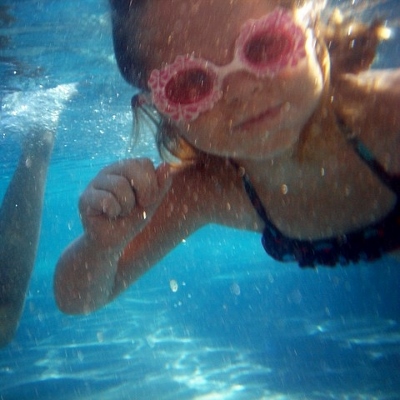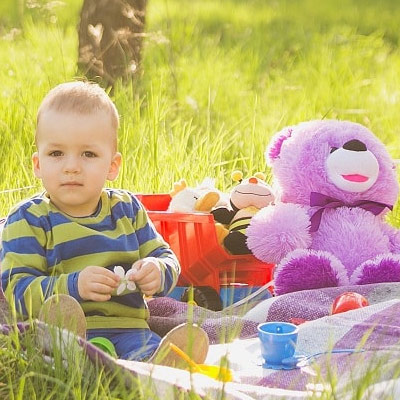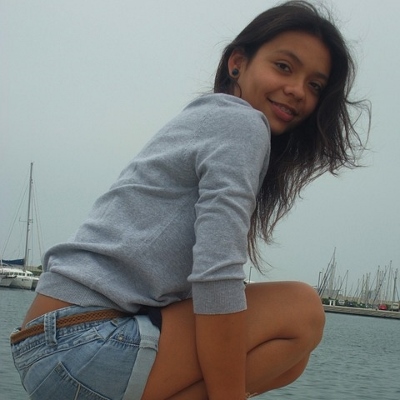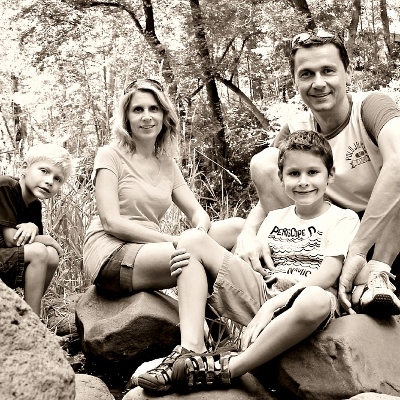 Several years ago, my child introduced me to a new “friend.” This friend’s name? Pediculosis, a.k.a. head lice. I must admit, I was taken aback. I never had head lice as a child, and I don’t remember any friends having it either. Why, I lamented, would my child catch it?
Several years ago, my child introduced me to a new “friend.” This friend’s name? Pediculosis, a.k.a. head lice. I must admit, I was taken aback. I never had head lice as a child, and I don’t remember any friends having it either. Why, I lamented, would my child catch it?
After educating myself about this tiny insect, I wasn’t nearly as upset. I found out that anyone can end up with a case of head lice. It affects both sexes, all ages, and it cuts across all economic levels. Even parents who keep their children squeaky clean may end up with a child infested with those pesky bugs.
So, if your child comes home with a case of head lice, take a deep breath, and remind yourself that pediculosis is merely a very common inconvenience, and your child will be fine in no time.
How common is head lice?
As many as 1 in 10 children will catch it, most commonly between the ages of 3 – 10 years.
How is head lice spread?
The Wisconsin Department of Health Services explains that, “it is spread with direct head-to-head contact with an infested person or indirect contact with lice-carrying objects such as combs, brushes, hats or scarves. Since nits (louse eggs) must be laid by adult lice, the chances of nits being spread from person-to-person are minimal.” Children in day care or in elementary school are most at risk because of the close nature of their play.
What are the symptoms of head lice?
Pediculosis is usually diagnosed when the infected child complains that his or her head itches, especially behind the ears and just above the neck. Upon close inspection, the eggs (nits) can be seen. They look like small pieces of rice attached to the hair a little bit above the scalp. Unlike flaking skin, nits are difficult to remove. Adult lice are hard to spot, as they shy away from light. If you do see one, it will appear dark brown or black.
How is head lice treated?
The health department states that “there are several medicated shampoos commonly used to treat head lice. Shampoos or creme rinses that contain 1% permethrin have the fastest killing time against adult lice and the highest nit-killing capability. Permethrin has a residual effect that will continue to kill nits for several days after the first application. While one application should be sufficient to kill lice and nits, some experts suggest a second treatment one week after the first.” A special comb must also be used to remove all nits. This needs to be done so a child can return to school.
The home must be treated as well. All bedding and clothing that the child has used must be washed in hot water and placed in a hot dryer. Favorite stuffed animals must be bagged in plastic and kept out of reach for at least 10 days. Finally, all furniture and rugs must be thoroughly vacuumed and the bag discarded.










